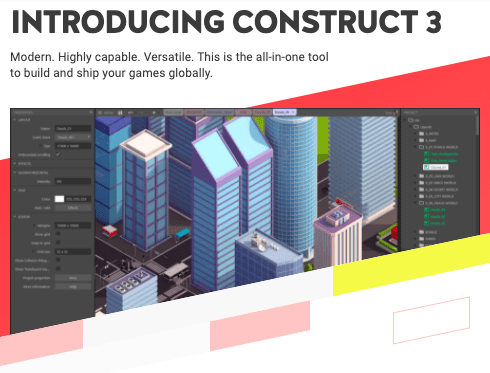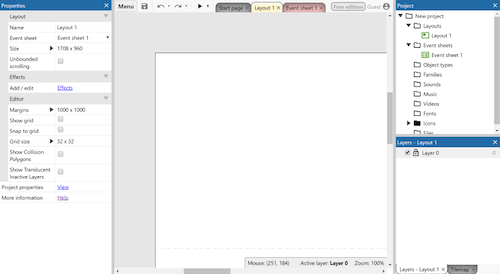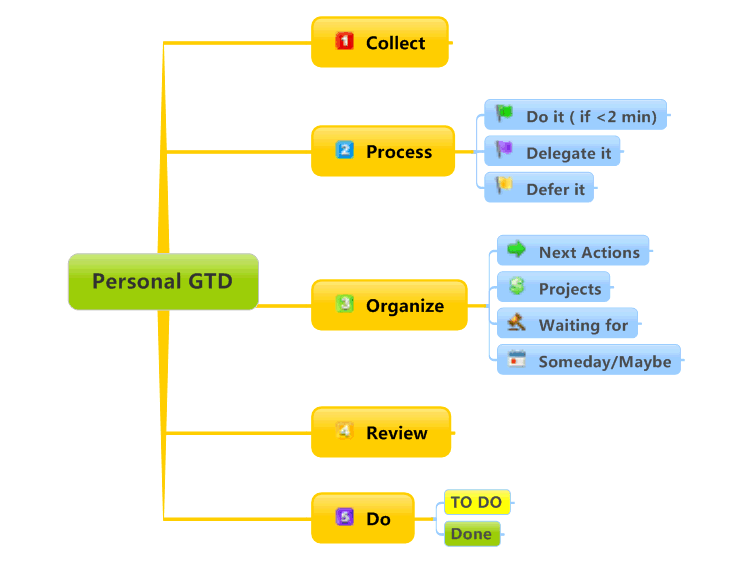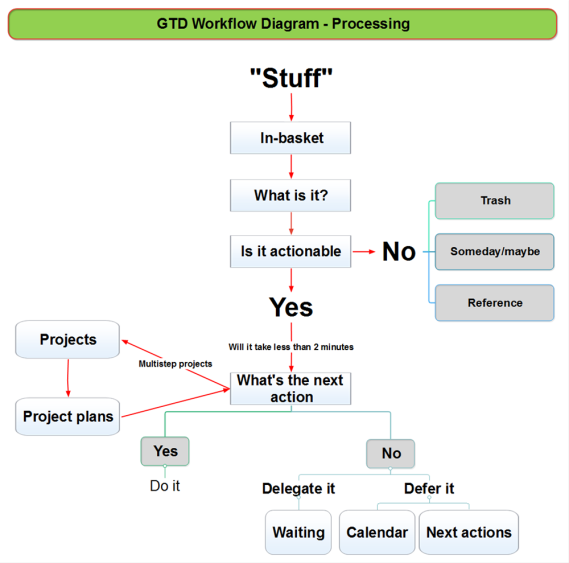SUMMARY
- I spent a lot of time this week finishing the final things that I need to do to be completely caught up by the end of the semester.
PRACTICE ROOM (TUTORIALS)

Construct 3 – Javascript
- I am now on the Math Operators lessons
CLASSROOM (THEORY & ANALYSIS)
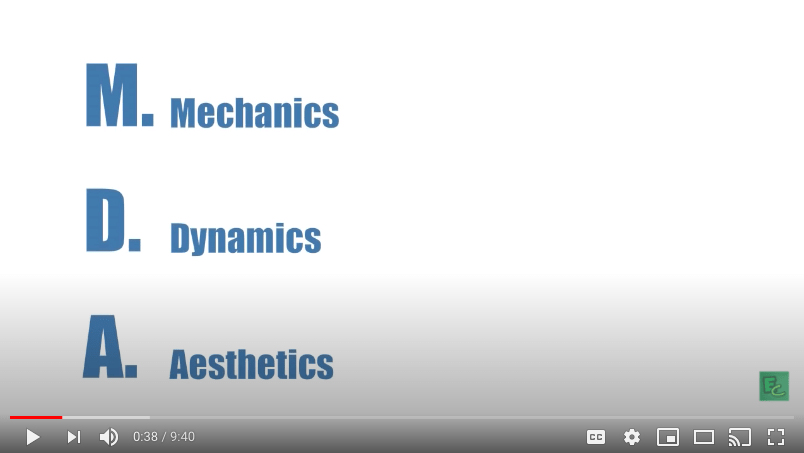

MDA Notes
- Mechanics
- Dynamics
- Aesthetics
LAB (THEORY PRACTICED)
- According to Wikipedia:
- Mechanics are the base components of the game – its rules, every basic action the player can take in the game, the algorithms and data structures in the game engine etc.
- Dynamics are the run-time behavior of the mechanics acting on player input and “cooperating” with other mechanics.
- Aesthetics are the emotional responses evoked in the player.
Brainstorm Ideas for Each of the Eight Categories
- At least one idea per category, but feel free to add more you your favorite categories
- Write a short sentence for each idea with these three elements included in each description
- Someone or thing fighting/struggling against Someone or thing for Someone or thing
- DELETE ALL OF MR. LE DUC’s INSTRUCTIONS, AFTER YOU ARE DONE
- Sensation (Game as sense-pleasure): The player enjoys memorable audio-visual effects.
- Place idea here… A game about
- Fantasy (Game as make-believe): Imaginary world.
- Place idea here… Set in an ancient world where the main character is a giant, fighting against unseen forces of evil to save the whole planet
- Narrative (Game as drama): A story that drives the player to keep coming back
- Place idea here… A game about a man whose wife goes missing. He has to then follow clues to figure out who took her. The game is more story driven, therefore the game kind of directs the player in the right direction.
- Challenge (Game as obstacle course): Urge to master something. Boosts a game’s replayability.
- Place idea here… A zombie game where the player has to do everything by himself. Limited tutorials, no guides, just common sense and trying to survive.
- Fellowship (Game as social framework): A community where the player is an active part of it. Almost exclusive for multiplayer games.
- Place idea here… A multiplayer game that is a treasure hunting game, and the players (up to four) have to figure out the clues and work together to find the treasure
- Discovery (Game as uncharted territory): Urge to explore the game world.
- Place idea here… A game that is set in a normal world. Fully open world, almost like a simulator game because the player can explore and lead whatever life they want.
- Expression (Game as self-discovery): Own creativity. For example, creating a character resembling player’s own avatar.
- Place idea here… A simple game where players can design their houses in first person.
- Submission (Game as pastime): Connection to the game, as a whole, despite of constraints.
- Place idea here…

- I was able to go for a short walk where I thought about my productivity in school. I set a goal for myself to not allow myself to have missing assignments like I did this semester.
STUDIO (CREATIVITY)
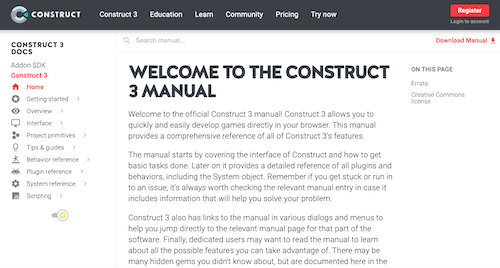
- While looking at the Construct manual, I learned that there are a lot of working parts to construct that are kind of confusing, but they also make it very clear by explaining how everything works beforehand.
CONTROL ROOM (PRODUCTION)
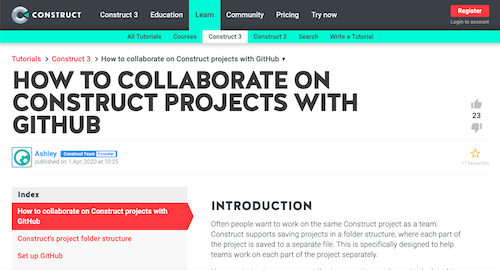
- I learned that Construct is a pretty good tool for working with a team. It is set up in a way that allows things to be easily accesible to all people in the group that you are working with.
WHAT I LEARNED and PROBLEMS I SOLVED
- This week I learned about all of the different aesthetics for video games and how to brainstorm game ideas around those aesthetics.

